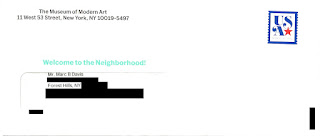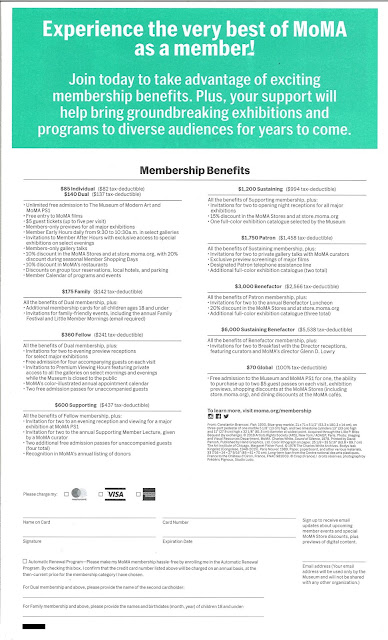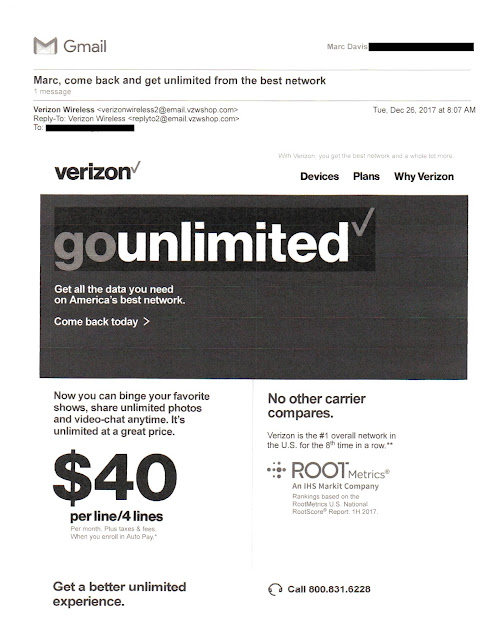When I moved to
New York City, I joke that I learned that as a New Yorker, I was obligated to greet people
by saying either “How you doing?”, or “Up yours!” I typically prefer the former. I
also learned how much convenience plays into how a New Yorker chooses where to
do business – where to get a haircut, where to shop, etc. In some parts of the city, there are three TDBanks within 10 blocks because, well, that’s convenient. Who wants to cross a pair of busy intersections
just to get $20 from an ATM? Not a New
Yorker.
So, even though
most New Yorkers live within a mile of brick-and-mortar stores that have
everything they need, they are still likely to purchase dry goods online. It goes back to convenience. After all, having a box arrive at your
doorstep with your laundry detergent is easier than having to lug that weight home from
the supermarket.
Enter
jet.com. According to Wikipedia, the
company was formed three years ago. Originally, the company had branded itself as the “biggest thing in shopping since shopping.” However, about two years ago, it was purchased outright by
Walmart. Based on this CNN story and
other articles found online, jet is being positioned as a site for
higher-income urban millennials. Here in
New York City, television advertising and subway billboard ads communicate the ability to purchase
curated brands and city essentials in one place. That seems convenient. This ad, showing a New Yorker being gawked
at by tourists, is locally-centric. The
landing page is also themed around shopping while living in The Big Apple. On my first visit to their
landing page, I am greeted with a serene, winter picture of the East River.
Scrolling down, I find the opportunity to purchase kale and an iPad.
 |
| Jet.com's NYC Landing page |
Scrolling down, I find the opportunity to purchase kale and an iPad.
 |
| Below the fold on landing page |
 |
| Front |
 |
| Address panel |
 |
| First fold-out panel with small call to action |
The call to action is subtle. One has to unfold the self-mailer partially but not completely to find the call to action to shop
at jet.com. It’s not even to make a
purchase – just to shop. It appears to
me that this mailer is barely above branding piece, a supplement to the mass
media advertising that conveys jet.com’s image and sales proposition.
Intuitively, I
would think that if the purpose of this self-mailer were to bring traffic to
the site and encourage near-term purchase activity, including of an incentive
specific to the mailer would be useful -- even something minor but specific
that might encourage immediacy. Maybe “$5 off your first purchase by 11/30/18” or “Free shipping on
any size purchase with your first order in 2018.” These would include a personalized promo code
so it is not misused by people in the public domain and sales resulting
from the mailing can be tracked. Jet.com’s
check-out process already includes an input field for promo codes, so the
infrastructure is in place. And doing so
would not jeopardize the aspiring high-end brand image – after all, even
Tiffany and Lexus have promotional offers from time to time. This looks like a Fail for Offer.
Perhaps there was
a conscious decision to not include an incentive with consideration of the
target market. Maybe the expense for a self-mailer is categorized by Wal-mart as merely branding. There is a school of
thought in marketing that millennials are not interested in discounts (such as
in this article). However, some
marketers have arrived at the conclusion that finding the best deals impact millennials’ shopping decisions. One
should also consider that some recipients of these self-mailers are not millennials and are watching their dollars.
Maybe Jet’s
management is trying to be as unlike Walmart as feasible. That’s understandable given the investment in
jet.com’s new brand positioning. Nevertheless, I would at the very least execute an A/B test of Incentive
vs No Incentive and include a useful means of tracking customers against the
mailing list.
My question to
jet.com marketing leaders regarding the success of these mail campaigns is the
same as how I would greet them here in New York: “How you doing?”
Lessons:
1. Consider an
incentive and a timely call to action to encourage immediacy of purchase
activity, if that is your marketing goal.
2. Including a
unique tracking code is an excellent means of tracking response.
3. Not sure what
works? Test your hypothesis.


























